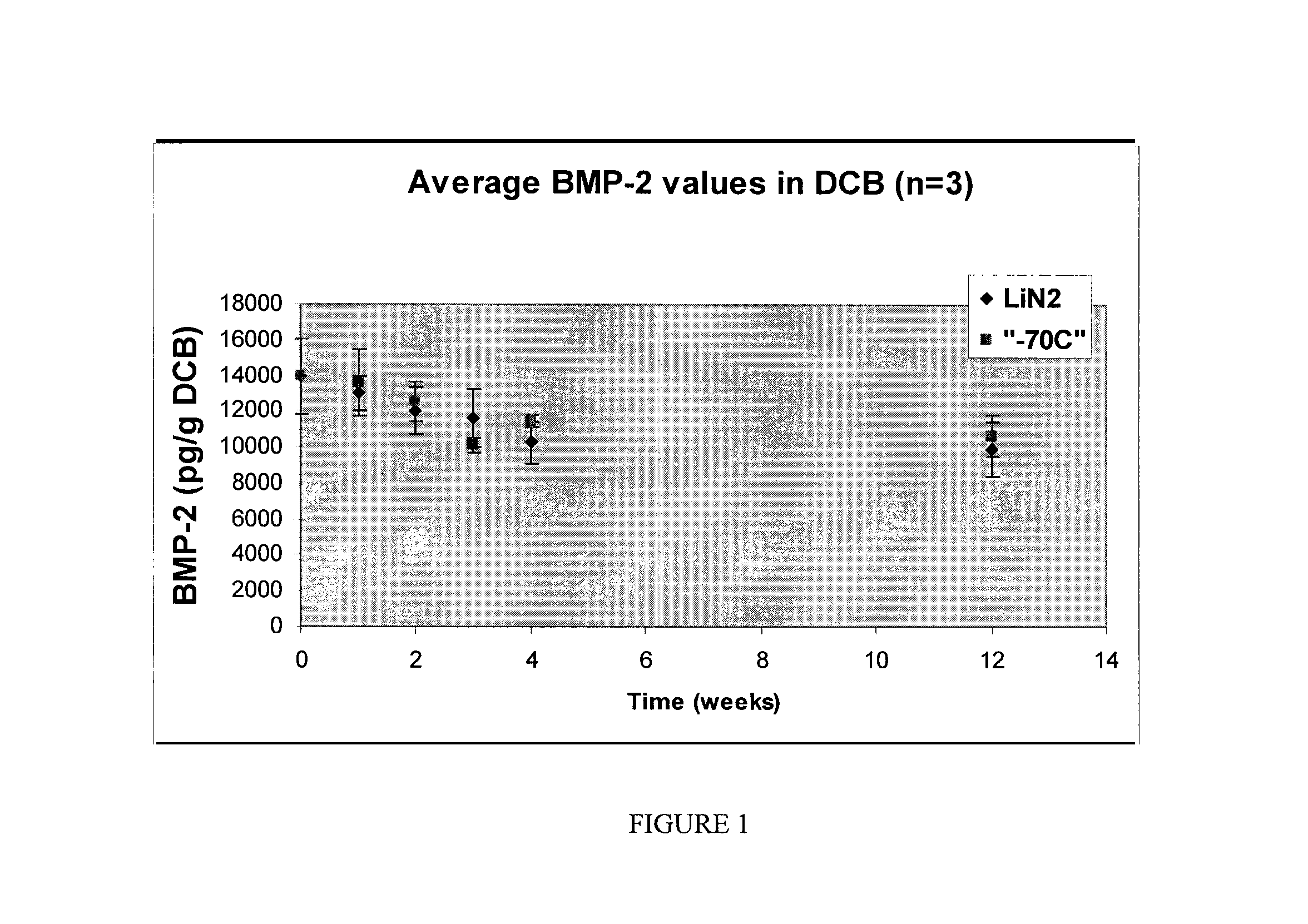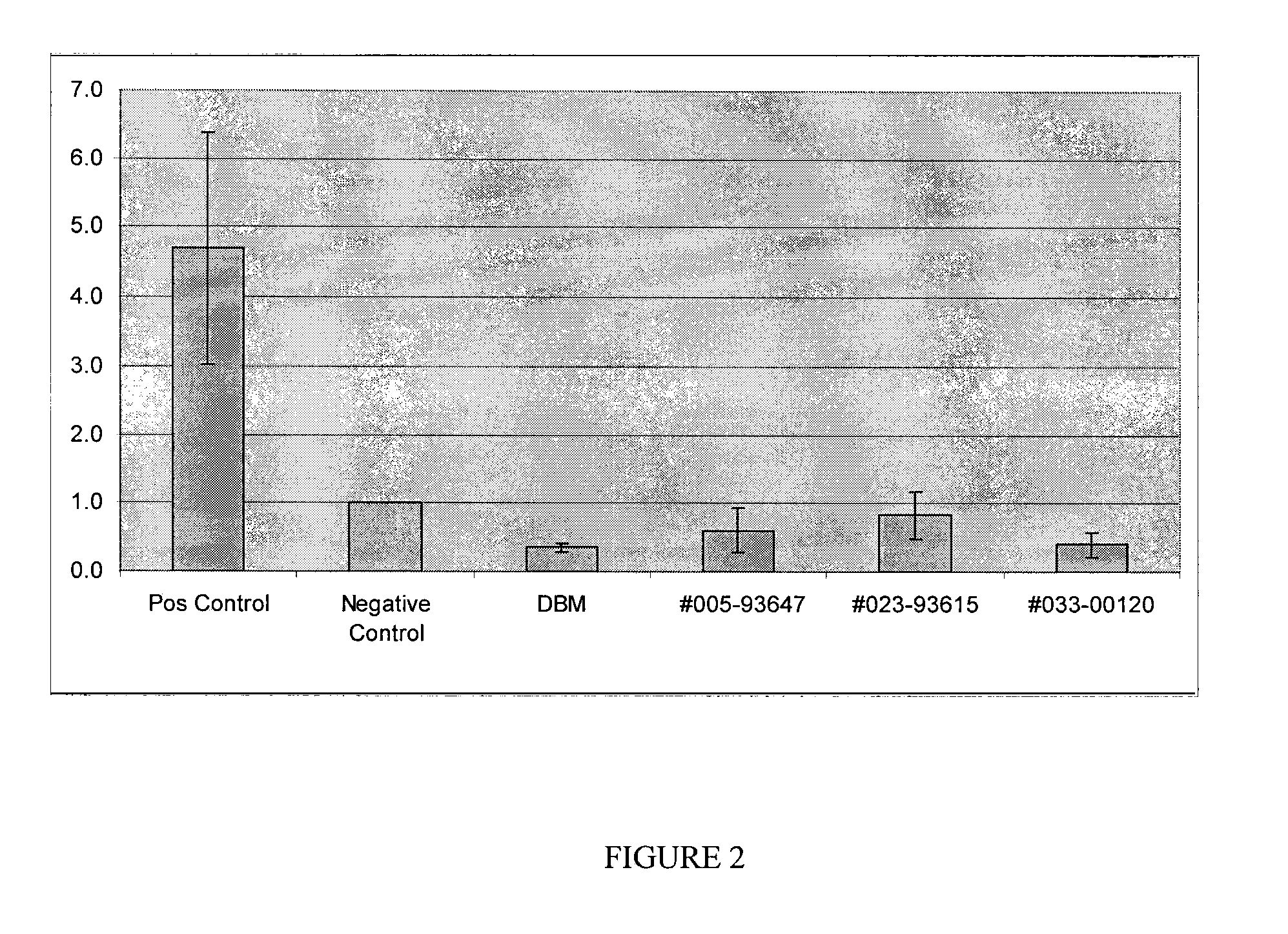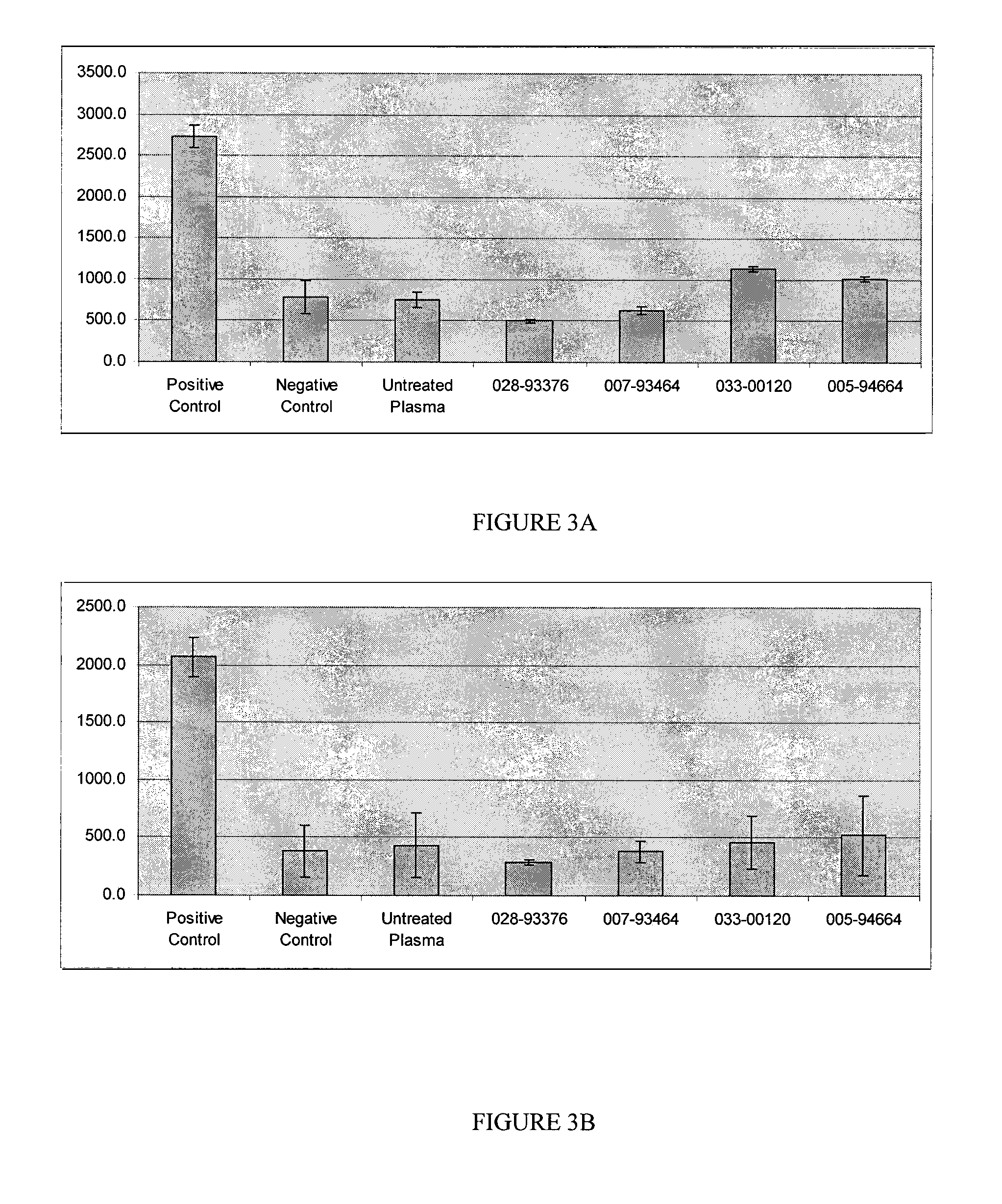Tissue-derived tissugenic implants, and methods of fabricating and using same
a tissue-derived, tissue-derived technology, applied in the field of surgical implants, can solve the problems of complex changes in the transcription of genes encoding the regulators of cell division and cell death, unspecialized cells capable of renewing themselves, and osteocytes, like osteoblasts, are not capable of mitotic division
- Summary
- Abstract
- Description
- Claims
- Application Information
AI Technical Summary
Problems solved by technology
Method used
Image
Examples
example 1
Orthopedic Implant Fabrication
[0989]Human ilium is recovered aseptically from deceased donors between the ages of 18 and 45 years of age within 24 hours post-mortem to yield ilium tissue. The ilium tissue is stored at 4° C. until ready for processing. Generally, tissue processing commences within 72 hours post-mortem. The ilium tissue is exposed to a bioburden reducer to generate preprocessed ilium tissue. The preprocessed ilium tissue is subjected to three to four 5 minute soaks with agitation in a buffered isotonic solution (e.g., PBS (0.01 M, pH 7.4)). The preprocessed agitated ilium tissue then is debrided of all soft tissue and cut into strips of approximately 3×3 cm. The crest is cut off and used for other grafts, and the acetabulum is discarded. The strips are milled into pellets approximately 2 mm in diameter or less using a mill. All components of the mill that come in contact with the tissue are chilled at 4° C. until use.
[0990]The pellets then are subjected to a series of...
example 2
Identification of Osteogenic Cells
[0994]Putative osteogenic cells are assayed in vitro to confirm their identity as MSCs or as osteoprogenitor cells, by using techniques, well-known in the art, including but not limited to oil red O staining assay, Von Kossa staining assay, colony forming unit fibroblast assay, alkaline phosphatase assay, etc.
example 2.1
Identification of Mesenchymal Stem Cells
[0995]Mesenchymal stem cells initially are identified by phase microscopy. Explanted putative MSCs then are assayed in vitro to determine their ability to differentiate into 1) an osteogenic lineage, 2) an adipogenic lineage, and 3) a chondrogenic lineage.
PUM
 Login to View More
Login to View More Abstract
Description
Claims
Application Information
 Login to View More
Login to View More - R&D
- Intellectual Property
- Life Sciences
- Materials
- Tech Scout
- Unparalleled Data Quality
- Higher Quality Content
- 60% Fewer Hallucinations
Browse by: Latest US Patents, China's latest patents, Technical Efficacy Thesaurus, Application Domain, Technology Topic, Popular Technical Reports.
© 2025 PatSnap. All rights reserved.Legal|Privacy policy|Modern Slavery Act Transparency Statement|Sitemap|About US| Contact US: help@patsnap.com



